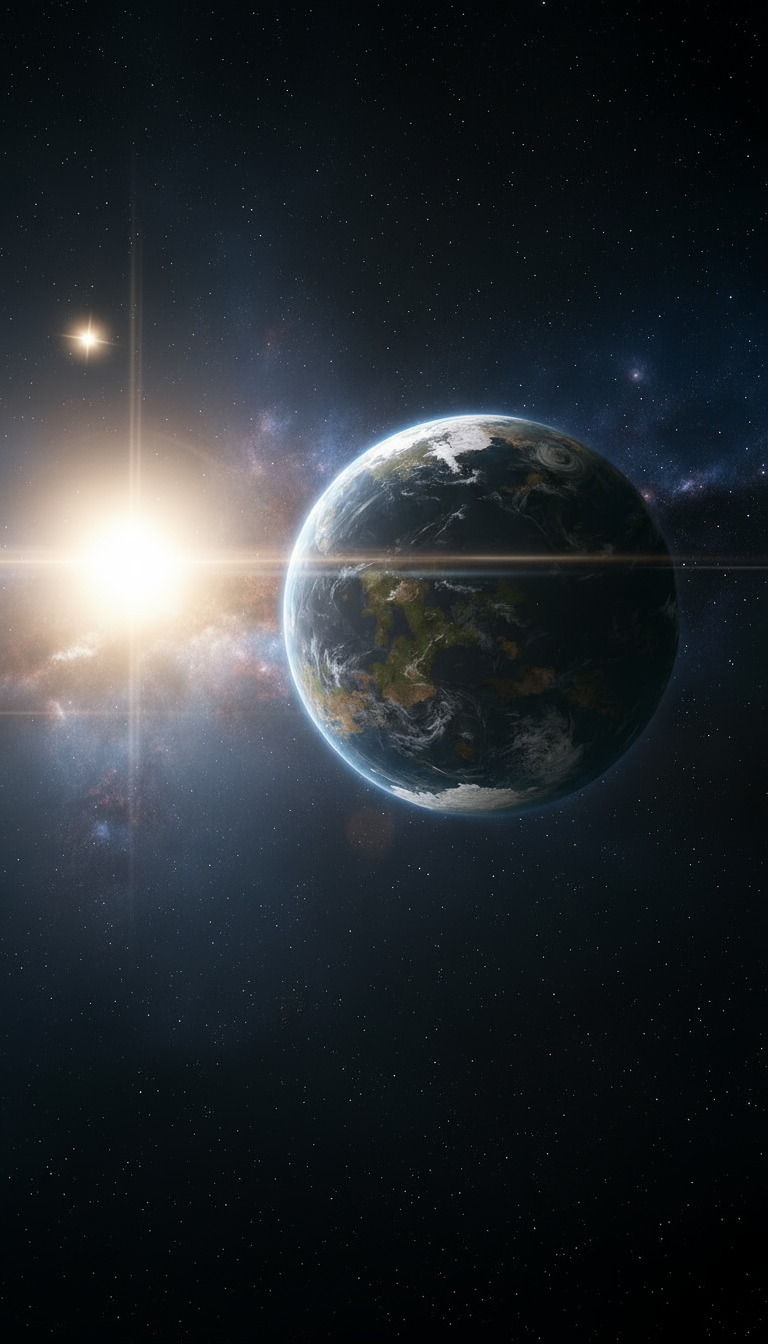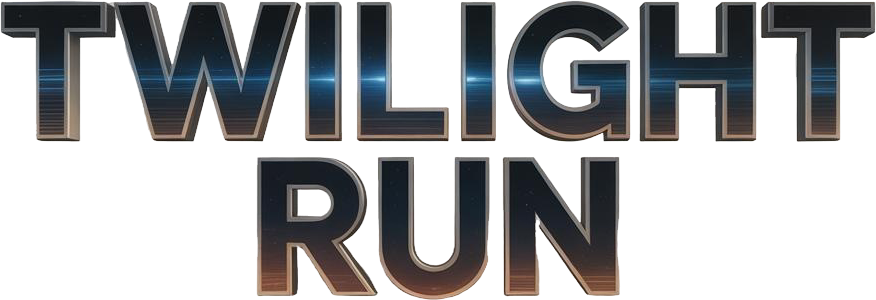Second Earth

Day 1: Arrival in Alpha Centauri A
Today, we entered the Alpha Centauri system, a place humanity has dreamed of reaching for generations. As we emerged from transit, the view was breathtaking. Alpha Centauri A, warm and radiant like our own Sun, filled the viewport with golden light. It felt both familiar and foreign, a mirror of home seen through a cosmic haze. The crew stood silent at first, caught between disbelief and awe. For years, I had worked alongside scientists, engineers, and explorers from across the United States, imagining this moment. Nothing could prepare us for the reality of it.
Our mission was clear: scan, survey, and search for signs of habitability. Early sweeps revealed several planetary bodies, but one stood out, an Earth-sized world orbiting at the perfect distance from its star. Atmospheric readings showed a breathable mix of gases, a stable climate, and the unmistakable signature of water. We had found our destination.
Day 3: First Approach to Planet AC-04
The ship buzzed with energy as we made our approach. The crew had labeled the world AC-04, though the name felt far too clinical for something so alive. Our scans confirmed a vibrant planet with vast blue oceans, emerald and violet continents, and shifting cloud patterns that glowed softly in reflected light. Watching it grow in the viewport, I felt the weight of history pressing in. We were the first to stand at the edge of a new world.
Captain Alvarez oversaw descent preparations while I handled atmospheric verification. The readings were nearly perfect: nitrogen, oxygen, and trace gases in near-Earth proportions. When we touched down, the landing was smooth and steady. Instruments confirmed surface stability, and the silence that followed was profound. For the first time in human history, we stood within another star’s warmth and called it safe.
Day 5: Stepping onto the Surface
The first step onto AC-04 will stay with me forever. The soil felt soft beneath my boots, rich and mineral, alive. Around us stretched a world of deep color and motion: towering trees with violet leaves that rippled in a gentle wind, wildflowers of brilliant orange and blue carpeting the valley floor. The air was clean and cool, filled with faint melodic sounds from unseen life.
I looked upward to see two distant moons hanging in the pale sky, their glow washing the landscape in silver light. A handful of stars were still visible even under daylight, a quiet reminder of how far from Earth we truly were. Dr. Erikson stood beside me, his voice trembling as he whispered, “This is our new world.” He was right. Humanity had found its second home.
Day 10: The Naming of Terra Secundus
As exploration expanded, the crew began debating a proper name. AC-04 no longer fit the wonder we felt each day. After a long discussion, Captain Alvarez made it official: Terra Secundus, Second Earth. The name carried both humility and hope, honoring our origin while marking the beginning of something greater.
We raised the American flag beside our landing module, its colors bright against the alien sky. It was a moment that transcended every milestone before it, more than the Moon, more than Mars. We had crossed the final frontier. The planet was alive in every sense: rivers of crystal water, forests filled with movement, and distant mountain ranges crowned with perpetual snow. The ecosystem was vast, intricate, and unlike anything we had imagined.
Day 14: The First Signs of Native Life
Today changed everything. While surveying a dense stretch of forest, we encountered the first signs of native fauna. Small furred creatures darted between the trees, bright-eyed, curious, and fearless. Their coats shimmered with iridescent hues that shifted with the light, and they communicated through rhythmic, harmonic calls that echoed softly through the canopy.
Later, we observed larger grazing animals with long sinewed bodies and thick hides. They moved in herds across the open plains, cautious but peaceful. Every step through this world revealed another mystery, another affirmation that life had taken root here in forms beyond our comprehension. Terra Secundus was no longer just habitable, it was thriving.
Day 20: Leaving Terra Secundus
Departure day came too soon. Terra Secundus had become more than a mission; it had become a memory we would carry for the rest of our lives. I took one last walk along the river near our base, tracing my fingers through the cool water and watching the red ferns ripple with the current. In the distance, the iridescent creatures sang their strange, haunting chorus. I wanted to stay, to see what this world might become.
Our samples and recordings are safely stored aboard the ship, but no data can capture what it felt like to stand here. We know others will follow — explorers, settlers, perhaps whole cities. For now, it remains untouched, wild, and perfect.
As we ascended through the upper atmosphere, I looked back one final time. The planet glowed beneath us, blue and green and alive. I whispered a quiet promise: I will return. Terra Secundus is part of us now, our second chance, our new beginning among the stars.
— Journal of Dr. Elise Fontaine
